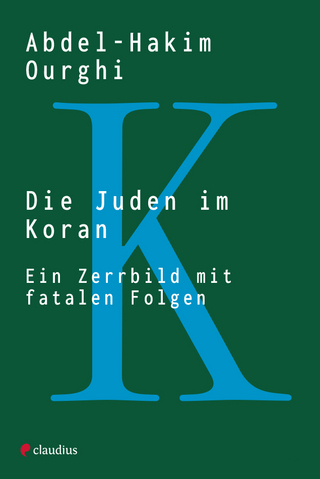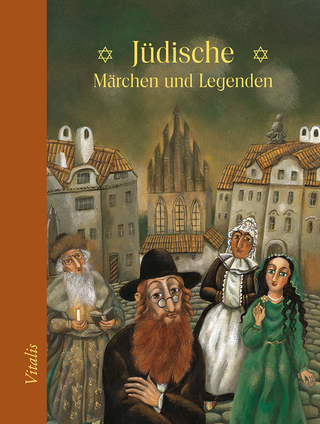
The Sacred and the Impure in Judaism
Oxford University Press Inc (Verlag)
978-0-19-767767-4 (ISBN)
Then, drawing on Orthodox kashrut manuals and interviews with kashrut supervisors, ritual butchers, and a diverse group of Orthodox men and women, Topel shows how changes to dietary laws have had a profound effect on the ritual density of everyday life in these communities. Detailed descriptions of the difficulties that Orthodox housewives have in carrying out preparations for the Jewish Passover reveal a certain obsession with following the commandments and customs mandated by authorities. Contrasting medieval practices with current ones, Topel shows that the number of rules for celebrating Passover has increased exponentially in recent decades, an important indication of the chumratization process that effects significant segments of this population. However, she also finds exceptions: While many Orthodox rabbis demand that kashrut supervisors and housewives take great pains to avoid ingesting insects that may be found in vegetables and fruit, they have also become significantly more lenient when it comes to consuming non-kosher meat--so much so that most meat consumed by Orthodox communities today is not kosher.
The Sacred and the Impure in Judaism reveals considerable changes in the content and function of kashrut for Orthodox Jews in Israel and its diaspora, which contradicts ideas of purity within this community and the notion that their beliefs and practices are identical to European Judaism of the 18th and 19th centuries, while highlighting the multiple and intricate relationships that exist between a community's religion, food, and identity.
Marta F. Topel is an anthropologist and the head of the Center for Jewish Studies at the University of São Paulo (USP). She has been a Visiting Researcher in the Liwerant Center at the Hebrew University of Jerusalem and the Institute of Mediterranean, European and Comparative Ethnology (IDEMEC). Miriam Adelman holds advanced degrees in Sociology (MPhil, New York University, 1991) and Human Sciences (PhD, Federal University of Santa Catarina, Brazil, 2004). She was a professor and researcher in Sociology at the Federal University of Paraná for 27 years. She currently works as a freelance translator of academic texts (Spanish, Portuguese, and French to English) and has published poetry of her own, as well as translations of contemporary Brazilian and North American poets.
Introduction
Chapter 1: Orthodox Judaism.
Chapter 2: From the Jewish tradition to anthropological tradition: Kashrut in our times
Chapter 3: Tradition, experts and certifying agencies: Progress and setbacks in kashrut today
Chapter 4: Ritual density or obsession? Pointillism in kashrut
Chapter 5: Insects, mammals and birds: Kashrut's tortuous path
Chapter 6: Some answers, some findings and some questions: Kashrut as stage for and mirror of tensions in Jewish Orthodoxy
Glossary
Bibliography
| Erscheinungsdatum | 12.03.2024 |
|---|---|
| Übersetzer | Miriam Adelman |
| Verlagsort | New York |
| Sprache | englisch |
| Maße | 147 x 226 mm |
| Gewicht | 272 g |
| Themenwelt | Geisteswissenschaften ► Religion / Theologie ► Judentum |
| Sozialwissenschaften ► Ethnologie | |
| Sozialwissenschaften ► Soziologie ► Spezielle Soziologien | |
| ISBN-10 | 0-19-767767-3 / 0197677673 |
| ISBN-13 | 978-0-19-767767-4 / 9780197677674 |
| Zustand | Neuware |
| Haben Sie eine Frage zum Produkt? |
aus dem Bereich


